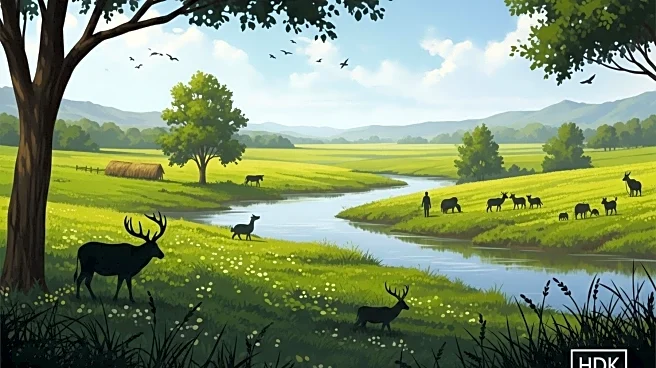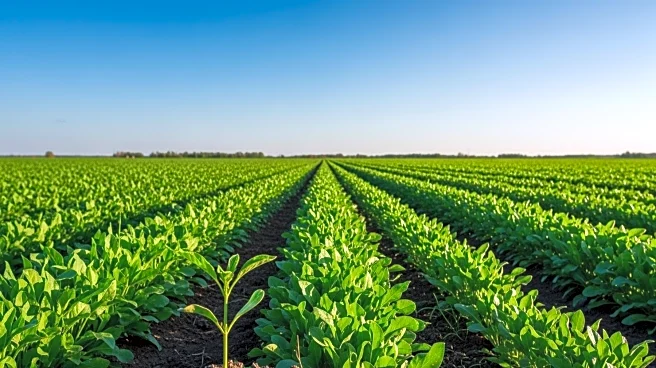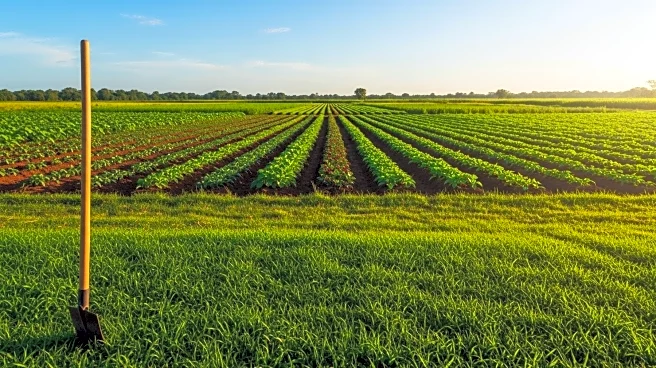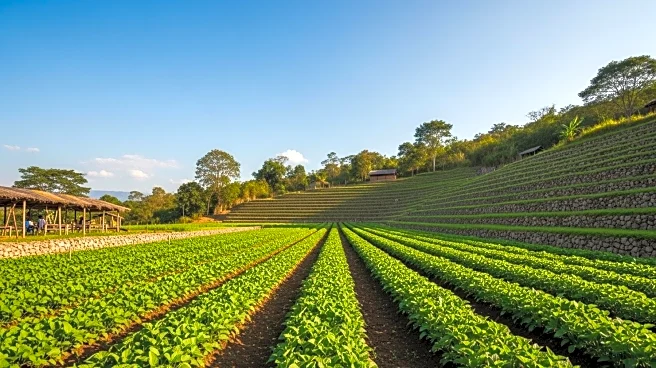What's Happening?
A study published in Nature advocates for the revival of historic silvoarable systems to enhance carbon sequestration in rural landscapes. These systems, which integrate trees and crops, offer a sustainable alternative to monocultures. The study highlights the potential for increased carbon storage and improved biodiversity through the adoption of traditional land-use practices.
Why It's Important?
The revival of silvoarable systems presents an opportunity to enhance carbon sequestration and biodiversity in agricultural landscapes. These practices can contribute to climate mitigation efforts and support sustainable agriculture. The study emphasizes the need for policy support and investment in traditional land-use systems.
What's Next?
Researchers and policymakers are encouraged to explore the application of silvoarable systems in contemporary agriculture. Investments in research and education can support the adoption of sustainable practices. Collaboration between scientific institutions and agricultural stakeholders is crucial to promote carbon smart agriculture.
Beyond the Headlines
The study highlights ethical considerations in land management, including the protection of biodiversity and the promotion of sustainable development. Long-term strategies should focus on restoring ecosystems and enhancing resilience.










